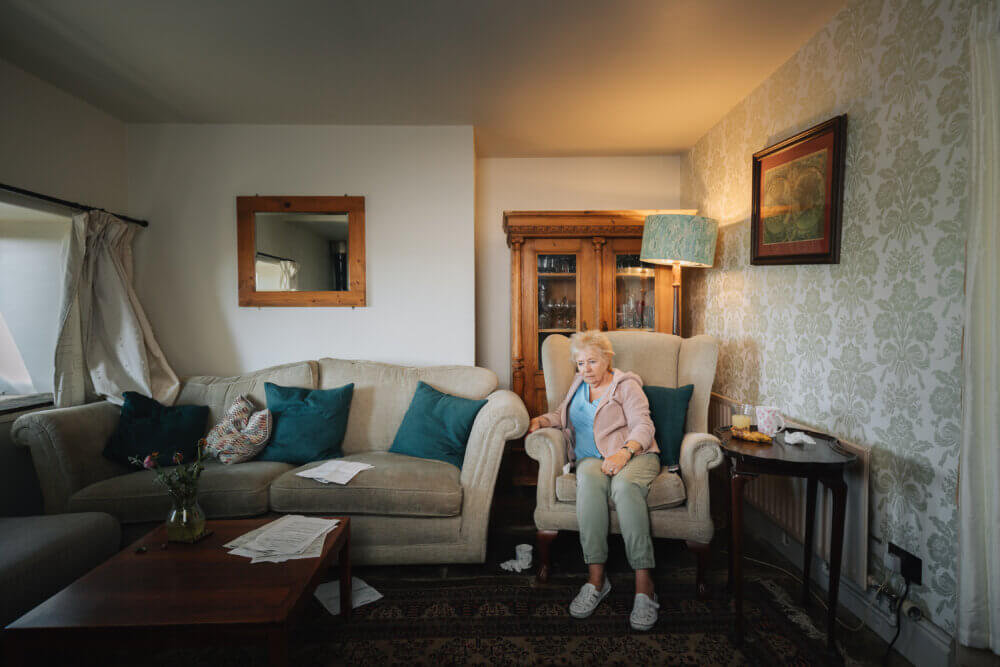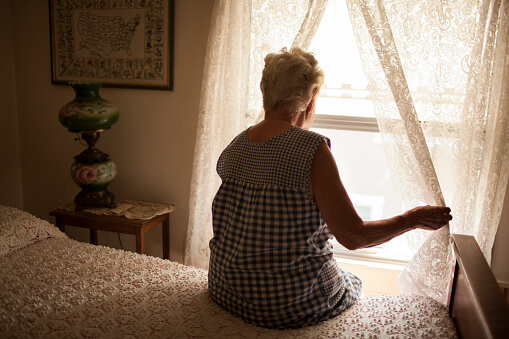As people age, the risk of falls and hospitalization in elderly increases significantly. These incidents are not only common but also pose serious health risks that can lead to prolonged hospital stays. Addressing and understanding the factors contributing to falls, along with prevention strategies, can greatly enhance the quality of life for older adults and ease the concerns of their families.

Why Are Falls Common Among the Elderly?
Falls in the elderly often occur due to a combination of physical changes, health issues, and environmental factors. As people age, they may experience reduced strength, balance, and coordination. Conditions such as arthritis, osteoporosis, and vision impairments further elevate the risk. Additionally, medications that cause dizziness or confusion can contribute to falls.
The Impact of Hospitalization After a Fall
When an elderly person is hospitalized due to a fall, the consequences can extend beyond physical injuries. Hospital stays often lead to muscle deconditioning, increased risk of infections, and a decline in overall health. The psychological impact, including fear of falling again, can result in decreased mobility and independence, affecting their quality of life.
Preventative Measures to Reduce Falls
Home Safety Modifications
Ensuring that the home environment is safe is crucial in preventing falls. Installing grab bars in the bathroom, ensuring proper lighting, and removing tripping hazards like loose rugs can make a significant difference. For more detailed strategies, you can visit Fall Detection in Smart Homes.
Regular Health Check-Ups
Routine health check-ups can identify and manage conditions that increase fall risk. Vision and hearing tests, as well as medication reviews, can help mitigate potential hazards. Discussing concerns with healthcare providers can lead to tailored solutions and interventions.
Exercise and Physical Therapy
Engaging in regular physical activity is one of the most effective ways to maintain strength and balance. Exercises tailored to improve flexibility, strength, and coordination can help reduce the risk of falls. Physical therapists can design specific programs that cater to individual needs.
The Role of Technology in Preventing Falls
Technological advancements have introduced innovative solutions to monitor and prevent falls among the elderly. Devices like motion sensors and alert systems provide real-time monitoring and immediate assistance in case of falls. Learn more about these technologies at Smart Elderly Care Solutions.
Community Support and Resources
Community resources, such as fall prevention workshops and support groups, offer valuable information and assistance. Collaborating with local organizations can provide additional support and access to resources designed to improve safety and well-being for the elderly.
Understanding the Importance of Awareness
Awareness and education are key components in reducing the risk of falls and subsequent hospitalizations. By understanding the challenges and implementing proactive measures, caregivers can create a safer environment and promote independence for the elderly.
External Resources for Further Reading
For more information on preventing falls and related topics, you can visit the National Institute on Aging and OrthoInfo.

FAQ Section
What are the most common causes of falls in the elderly?
Falls in the elderly are often caused by a mix of physical conditions, such as poor balance, muscle weakness, and vision problems, as well as environmental hazards like slippery floors and uneven surfaces.
How can technology help prevent falls in the elderly?
Technology can help prevent falls by using sensors and alert systems to monitor movements and provide immediate assistance when a fall occurs. This can enhance safety and provide peace of mind for both the elderly and their families.
What role do caregivers play in fall prevention?
Caregivers play a crucial role in fall prevention by ensuring a safe living environment, assisting with exercises to improve strength and balance, and coordinating with healthcare providers to manage health conditions that increase fall risk.
This article contains affiliate links. We may earn a commission at no extra cost to you.






